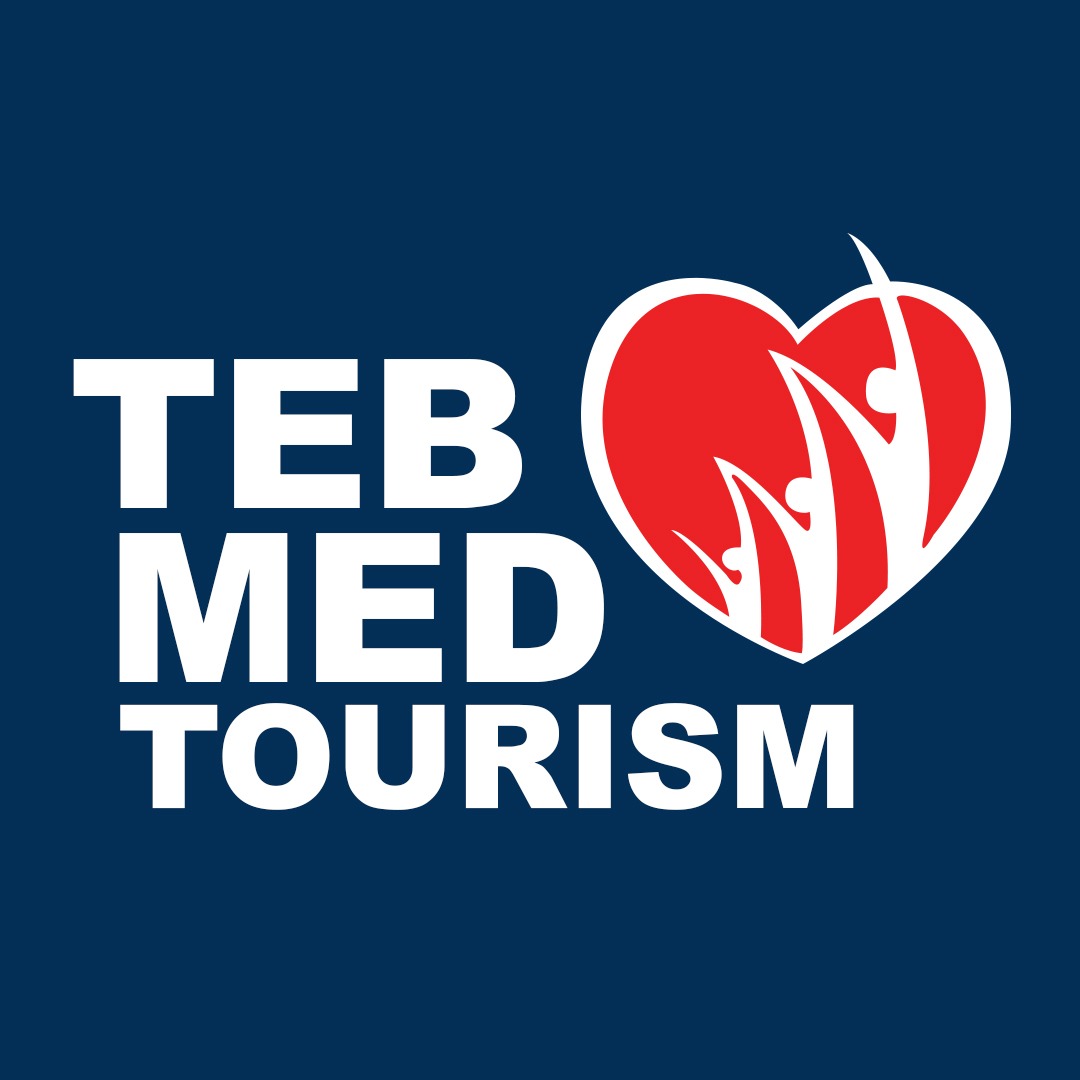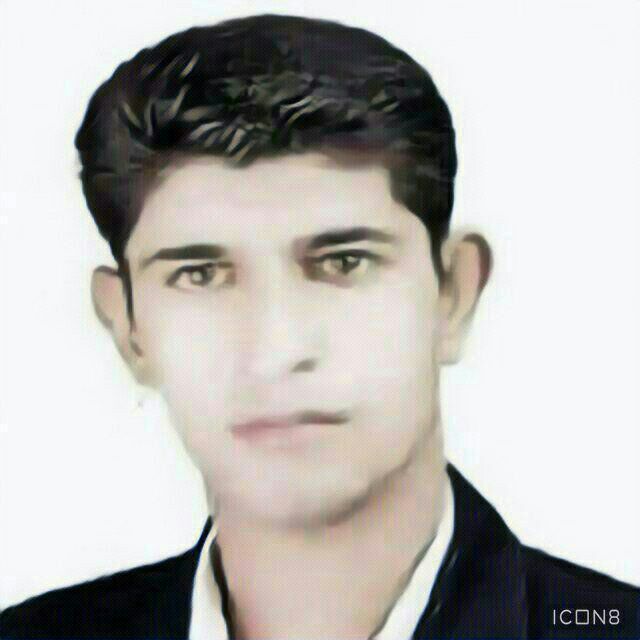How do I prepare for a buttock augmentation procedure?
What are my options? There are two main approaches for buttock augmentation: autologous fat transfer (Brazillian butt lift) and buttock implant surgery.
Your surgeon will recommend an approach based on your aesthetic goals and body shape. Buttock implants may be chosen if you desire a more rounded appearance to your buttocks while fat grafting is an excellent way to contour and reshape your buttocks.
If you are very slender with little excess fat, then implants may be appropriate; however, if you have sagging buttocks after massive weight loss, then fat grafting or a combination of fat and implant surgery may be more effective.
Silicone injections – patient safety warning :Silicone injections are an unsafe and unacceptable option for buttock augmentation. These injections are often offered by unlicensed individuals and should be avoided. Always consult with a board-certified plastic surgeon if you are considering a buttock augmentation procedure.
How do I prepare for a buttock augmentation procedure? Your surgeon will provide you with preoperative instructions, answer any questions you may have, take a detailed medical history, and perform a physical exam to determine your fitness for surgery.
In advance of your procedure, your surgeon will ask you to:
- Stop smoking at least six weeks before undergoing surgery to promote better healing.
- Avoid taking aspirin, certain anti-inflammatory drugs, and some herbal medications that can cause increased bleeding.
- Regardless of the type of surgery to be performed, hydration is very important before and after surgery for safe recovery.
Buttock augmentation is usually performed on an outpatient basis. Be sure to arrange for someone to drive you home after surgery and to stay with you at least the first night following surgery.



 Follow-up after Rhinoplasty
Follow-up after Rhinoplasty کاشت مو و روش های پیوند موی طبیعی
کاشت مو و روش های پیوند موی طبیعی جراحی زیبایی بینی
جراحی زیبایی بینی